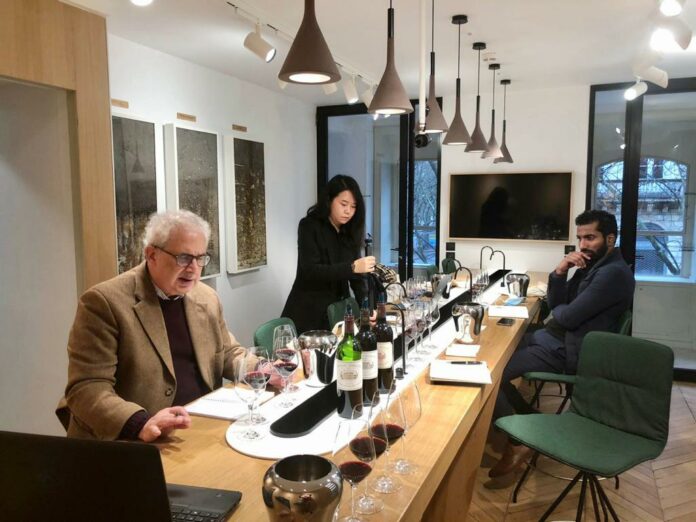It would be wrong and even absurd to consider a rating given to a wine at the beginning of its maturation as set in stone. It is true that the public and the producers attach great importance to it. For the former, it often determines the desire to buy, and for the latter, the market price and the reputation of their brand. This has led prescribers to lower their rating scale considerably. On the scale of 1 to 100 points in force twenty years ago, good products were rated from 80 to 100. Today, they are rated from 90 to 100 and even from 95 to 100 when the prescriber wants to please the producer, who in return makes the score widely known around him and thus spreads the influence of the complacent prescriber. At Bettane+Desseauve, we have long taken a different perspective. We consider that the “primeur” rating has a double function. An essential function of ranking our preferences and the values we defend, but also a means of putting the successes of the vintage in question into perspective with those of previous vintages. In Bordeaux, for the red wines, there is an additional element that we have to take into account: balancing equally the notes of the wines from the Left Bank, with a high proportion of Cabernet, with those from the Right Bank, with a high proportion of Merlot. The difference in maturity of these grape varieties is added to the climatic disparities in certain vintages. Above all, the Merlot-dominated wines open up more quickly, their texture and woodiness being more pleasant. By 2020, the pandemic had pushed back these tastings to June. This is a considerable improvement in our judgements, with two extra months in the wood accentuating the individual character of each wine. In April, this year, we could only note the variability of the samples from one day to the next, the freshest samples being paradoxically more unstable than those prepared 48 or 72 hours in advance. Remember, our scoring is not done by a single taster. A small team of five tasters takes turns on both sides of the river. We share our experiences before determining our score. We taste individually at the property, but also more collectively at certain merchants’ or with the help of associations and unions, or even at gatherings made available to us by the consultant oenologists.
Our rating scale. We rate the quality wines from 85 to 100. 85 to 89 are well made wines, which seem to us to be fully representative of the vintage and their origin. From 90 to 99 the wines are steadily gaining in complexity, refinement of texture and flavour, and intensity of expression, all of which are necessary for successful ageing. They are worthy of comparison with the elite of the world’s wines, which are also making steady progress. We avoid the hundred mark except for absolute – and rare – favourites, reserving it for finished and mature wines. We also have the pleasure of identifying the properties whose quality is progressing the most or those whose quality-price and “quality-notoriety” ratios seem particularly attractive to us.
























